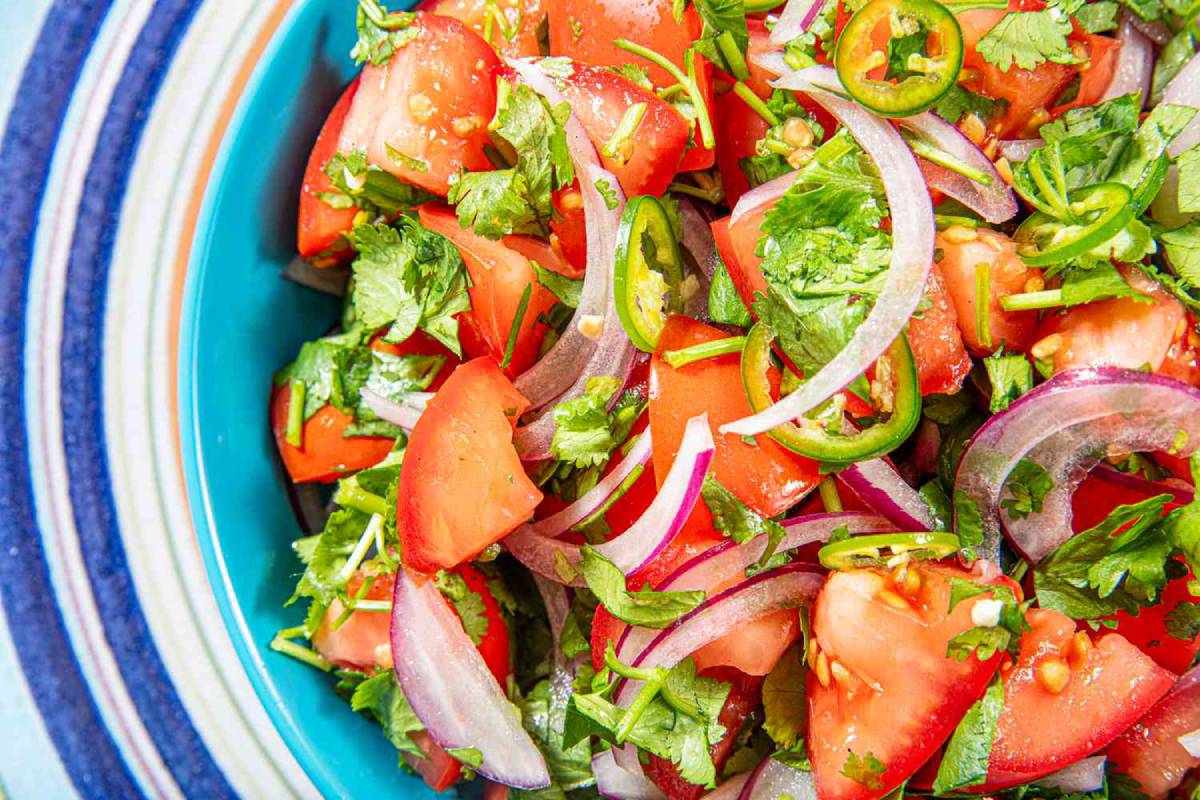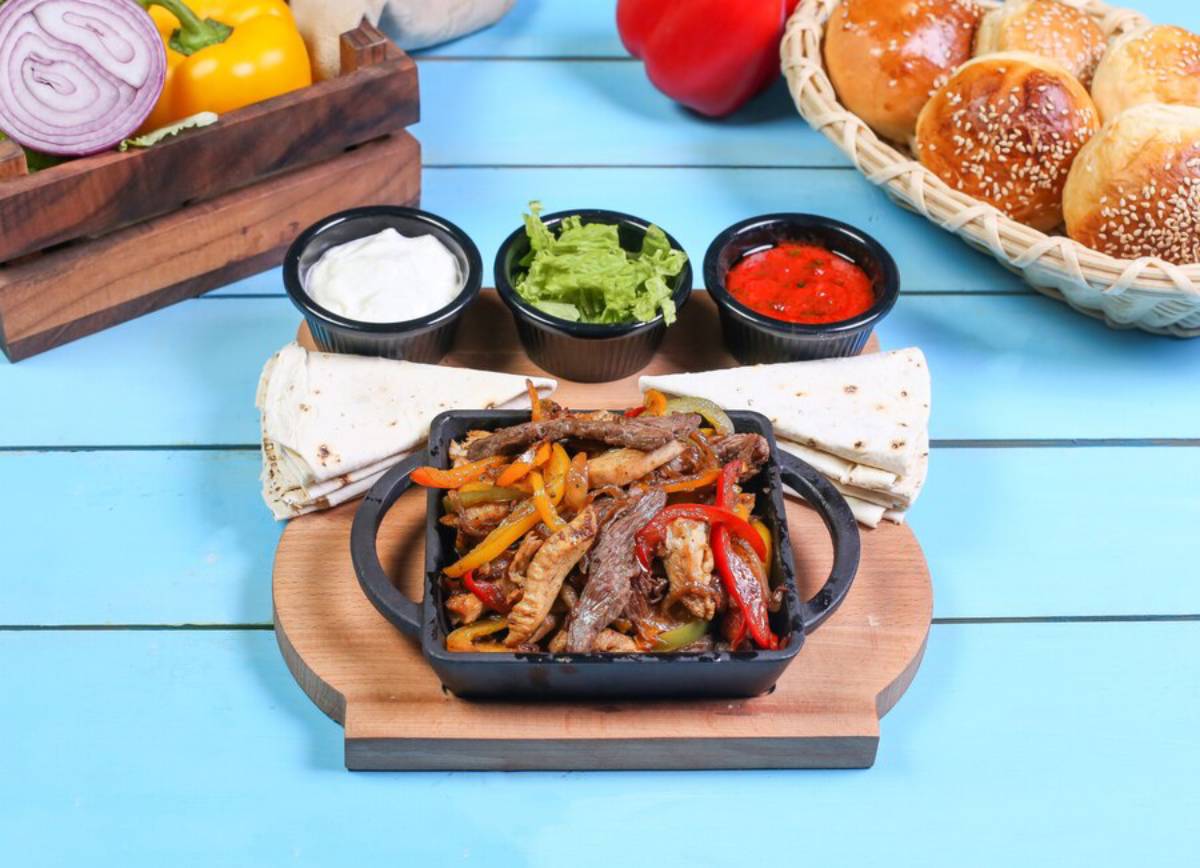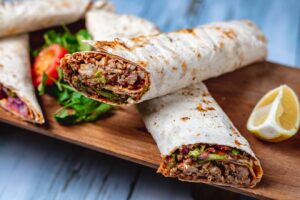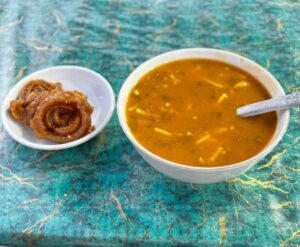The Food & Recipes Blog

Kenyan Smokies and Kachumbari: A Bold Street Combo
Street food is more than just a quick bite—it’s a culinary window into culture. Across Kenya, no pairing captures this spirit quite like smokies and kachumbari. Found at nearly every street corner, this bold combo delivers convenience, flavour, and a slice of urban Kenyan life.
Smokies, Kenya’s street-friendly sausage snack, are served piping hot and wrapped in a chapati or bun. Add a generous helping of kachumbari—a zesty tomato-onion salad—and you’ve got a dish that’s as vibrant as it is satisfying.
Whether you’re a curious foodie, an adventurous traveller, or a Kenyan expatriate craving a taste of home, this blog takes you through the history, preparation, cultural significance, and enduring popularity of smokies and kachumbari. You’ll learn how to recreate this delicious combo at home, understand its place in Kenyan street culture, and gain insights into why it continues to thrive.
The Rise of Smokies in Kenya’s Urban Food Scene
What Are Smokies?
Smokies in Kenya typically refer to pre-cooked beef or chicken sausages, often branded by popular companies like Farmer’s Choice. Unlike boerewors or traditional sausages, smokies are lightly smoked, mild in spice, and meant to be heated quickly, making them ideal for busy street vendors.
Why They Became Popular
Several factors contributed to the popularity of smokies in Kenya:
- Affordability: Smokies are budget-friendly with a price point of KES 20–50.
- Accessibility: Available in supermarkets, small kiosks, and roadside grills.
- Speed: No elaborate preparation is required; just steam, grill, or fry.
- Portability: Easily eaten on the go, usually served in a bun or with toothpicks.
By the late 2000s, smokies had become a go-to snack, particularly in Nairobi, Mombasa, Kisumu, and other urban centres. Vendors began pairing them with kachumbari, creating an unforgettable taste experience that’s now iconic.
Kachumbari: The Crisp, Spicy Companion
What Is Kachumbari?

Kachumbari is a fresh, uncooked salad made with tomatoes, onions, coriander (cilantro), chillies, and lemon or vinegar. It’s the East African cousin of Mexican pico de gallo or Indian kachumber.
Nutritional and Cultural Value
Apart from complementing the savoury smokie, kachumbari adds:
- Freshness and crunch to every bite.
- A burst of acidity that balances fatty or meaty foods.
- Nutritional benefits, as it’s rich in vitamin C, antioxidants, and fibre.
Variations Across Regions
While the core ingredients remain consistent, different regions and personal tastes influence how kachumbari is prepared. Some common additions include:
- Avocado slices
- Cucumber
- Carrot shavings
- Boiled eggs
This versatility is part of what makes the kachumbari recipe so widely loved in Kenya and beyond.
Making the Perfect Smokie-Kachumbari Combo at Home
Craving this iconic Kenyan snack but not in Kenya? Here’s how to make it at home:
Ingredients You’ll Need

For Smokies:
- 4–6 beef or chicken smokies
- Vegetable oil (optional, for frying)
- Buns or chapatis (for serving)
For Kachumbari:
- 2 medium tomatoes, diced
- 1 small red onion, thinly sliced
- 1 chilli, finely chopped (optional)
- A handful of fresh coriander, chopped
- Juice of ½ lemon
- Salt to taste
Instructions
1. Prepare the Smokies:
- Heat them in a pan with a splash of oil or steam them for 5–7 minutes.
- Optional: Grill or char slightly for a smoky flavour.
2. Make the Kachumbari:
- Soak sliced onions in salted water for 5 minutes to reduce bitterness.
- Mix tomatoes, onions, coriander, and chilli in a bowl.
- Add lemon juice and salt, toss well, and let it sit for 10 minutes.
3. Assemble:
- Slice the smokies down the middle and stuff with kachumbari.
- Alternatively, wrap the smokie in a chapati or bun, top with salad, and enjoy!
Pro tip: Serve with ketchup or hot sauce for an extra kick.
Why This Combo Resonates With Kenyans
A Taste of Urban Identity
In bustling Nairobi estates or university campuses, smoke vendors are landmarks. People associate them with student life, late-night cravings, and office breaks. It’s not just food—it’s a social experience.
Entrepreneurial Opportunities
Selling smokies and kachumbari has low start-up costs, making it an attractive venture for young entrepreneurs. A basic smokie cart, a few thermoses, and a chopping board can launch a small business.
According to a 2023 report by The Kenyan Food Vendors Association, over 15,000 street vendors in urban Kenya earn their livelihood through smoked and sausage sales. Many scale up by offering:
- Multiple toppings
- Different sausage varieties
- Bulk orders for events
This entrepreneurial aspect is central to the street food economy in Kenya.
Nutrition Meets Convenience
In a world of ultra-processed snacks, the smokie-kachumbari combo offers a balance:
- Protein from the sausage
- Vitamins and fibre from the salad
- Satiety without excessive grease
For busy commuters or students on a budget, it’s a functional and flavourful meal.
International Appeal and Diaspora Nostalgia
Kenyans abroad often miss the simple joy of grabbing a smokie from a corner vendor. This has led to a growing trend of diaspora recreations, where people share tips online to make this combo using:
- Polish sausages or frankfurters (as a smokie substitute)
- Homemade chapatis
- Locally sourced tomatoes and onions
The emotional attachment is strong. In blogs and social media posts, Kenyans in the UK, US, and Australia describe smokies and kachumbari as “a taste of home” and “comfort food that never fades.”
Challenges Facing the Street Food Scene
Despite its popularity, the smokie-kachumbari business isn’t without hurdles:
- Regulation: Vendors often face restrictions from local councils or health inspectors.
- Sanitation: Ensuring hygiene is essential but complex in informal settings.
- Inflation: Rising costs of sausages and produce affect pricing and profit margins.
However, with proper training and community support, many vendors continue to thrive while maintaining quality and safety.
Tips for Vendors and Food Enthusiasts
If you’re looking to start a street food stall or simply want to up your home food game, here are some quick tips:
For Vendors:
- Invest in a clean, eye-catching cart or station.
- Keep ingredients fresh and covered.
- Offer a few customisations (e.g., extra kachumbari, egg toppings).
- Use social media to promote your location and specials.
For Food Lovers:
- Experiment with homemade sausages or different buns.
- Try pairing with a cold soft drink or fresh juice.
- Add local twists: mango slivers, pineapple, or spicy sauces.
More Than Just a Snack
Smokies and kachumbari represent more than Kenyan street food—they symbolise ingenuity, community, and cultural pride. In every bite is a mix of flavour, affordability, and nostalgia. Whether enjoying one at a Nairobi street corner or crafting your version overseas, this combo continues to captivate hearts and palates alike.
So, next time you need something quick yet satisfying, consider trying Kenya’s favourite street food pair. Better yet, make your own! Read our blog to know more about the mouth-watering African treats.
Ready to try it yourself? Share your version of smokies and kachumbari on social media and tag your local twist! Or explore more Kenyan dishes to discover the rich tapestry of East African cuisine.









